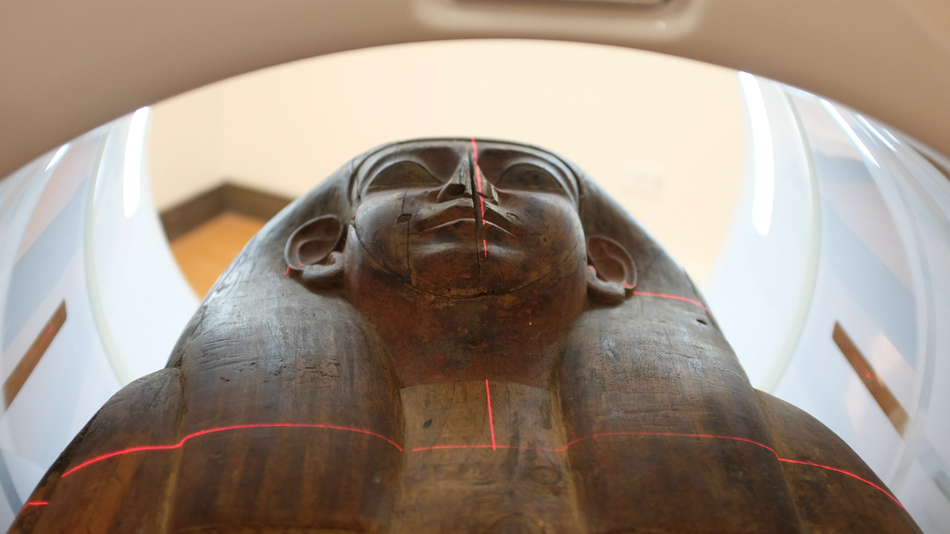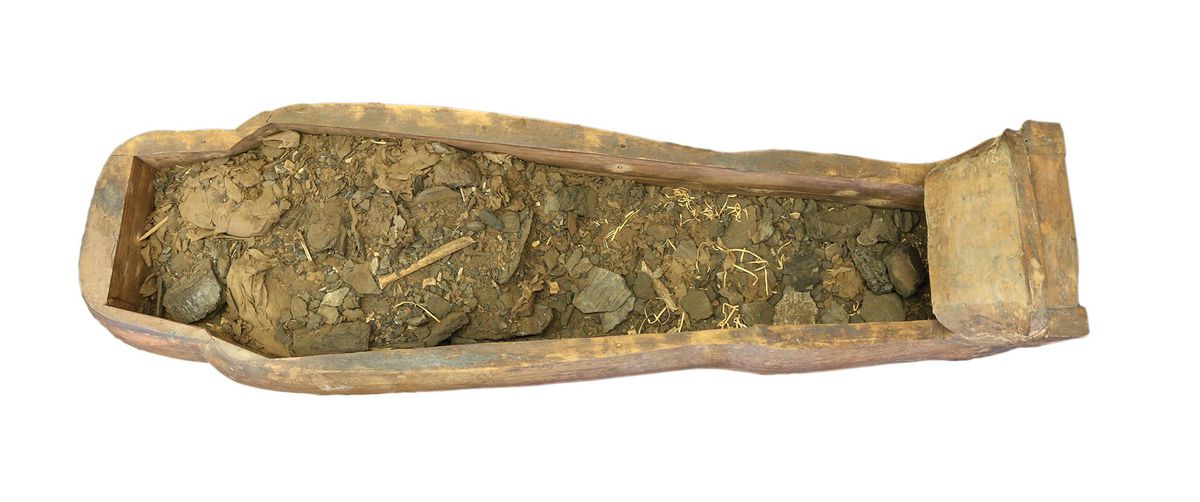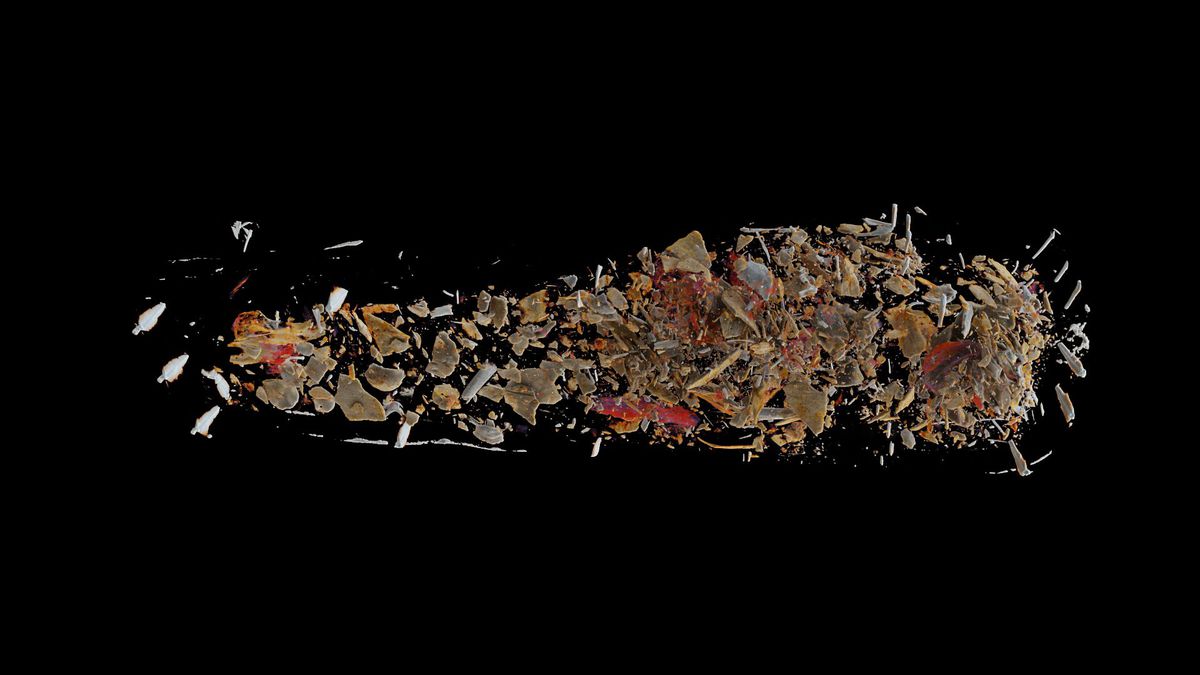
Since it was purchased 160 years back, University of Sydney archeologists didn’t think there was much to a specific sarcophagus in its gathering.
The pine box of one Mer-Neith-it-es sat in the Nicholson Museum, recorded as void in a 1948 handbook, while the historical center database said it contained “blended flotsam and jetsam.”
Dating around 664-525 BCE, it had been acquired by an early organizer of the college, Sir Charles Nicholson, as a component of 408 Egyptian questions that would frame a reason for an accumulation.
Everything changed last June, when scientists expected to take a photograph of the beforehand undocumented hieroglyphics under the pine box. That is the place they found the remaining parts of human feet and bones.
“It was a stunning snapshot of disclosure,”
the Nicholson Museum’s senior guardian, Jamie Fraser, said.

The disclosure prompted specialists setting out on a venture to record every one of the mummies in the Nicholson Museum. Fraser said they had never been managed in light of how troublesome and touchy one should be when managing human remains.
“All that we do must be deferential to that person inside. To experience all these blended clutter of remains is a colossally mind boggling, fragile employment,”
he included.
As an old archeological Catch 22 goes, an uncovering is on the double a demonstration of preservation and pulverization. The materials could never be the same as it was found. Presently, on account of innovation, scientists can catch high-determination pictures of the mummy and its pine box before unearthing.
“Beforehand, the innovation hasn’t been there so guardians have put it to the other side to be managed later,”
Fraser said.
“On the off chance that we had done this extend 10 years back, we wouldn’t have possessed the capacity to do it. Presently is the minute that we can really address this.”
Last September, it worked with 3D examining organization WYSIWYG to make an advanced model of Mer-Neith-it-es’ pine box, with every one of its substance in place.
“Analysts in 50, 100 years time will have the capacity to utilize that and zoom right in to investigate what’s happening, to a tenth of a millimeter … we’re extremely super satisfied with it,”
he said.
At that point in December, CT scanners were utilized to catch a great many pictures of Mer-Neith-it-es’ box and her remaining parts, and additionally different mummies in its accumulation: Horus, Meruah and Padiashiakhet.
As analysts expected, the remaining parts of Mer-Neith-it-es were blended, yet they found lower legs, feet and toes that had a place with one individual no less than 30 years old.
The CT checking not just assists with archiving the mummies in awesome detail, yet additionally helps archeologists in directing its exhuming.
Fraser said he’s just mindful of an unforeseen disclosure like this at Switzerland’s Burgdorf Museum in 2013.
That is on the grounds that mummies fall into two classifications: Ones that are found by archeologists are kept in place, as there is no justifiable reason motivation to evacuate its substance. Others bought at ancient pieces markets are frequently in terrible condition. Mer-Neith-it-es falls in the later class.

The subsequent stage, is for these four mummies to be incorporated a reason manufactured Mummy Room in the imminent Chau Chak Wing Museum. It’s the place Fraser and his cooperation in the previous a half year will meet up.
“In this one room, we’ll truly center around these four antiquated people we have … what’s more, we’ll talk about what it resembled for these individuals in the old world,”
he said.
“It’ll be an awesome chance to incorporate this logical research we’ve done, similar to the CT movements and 3D models, and show them close by the mummies.”
Original article by Johnny Lieu